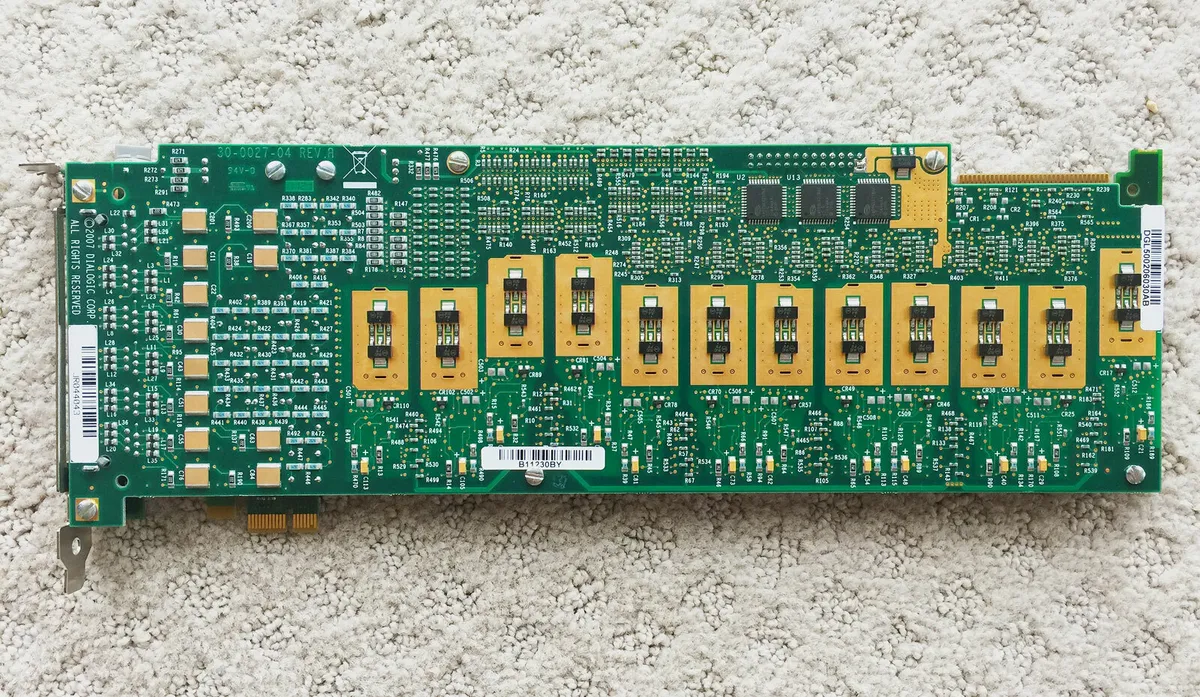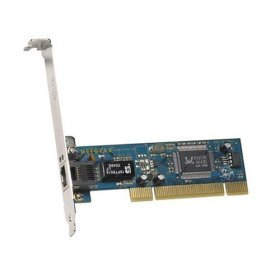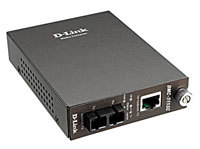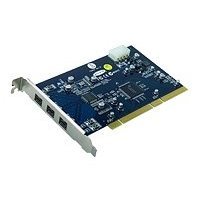Dialogic D120JCT-LS-EW 884-594 12 Port Media Board
AED14,999.00
Dialogic® D/120JCT-LS Media Board
The Dialogic® D/120JCT-LS Media Board is a 12-port analog PCI or PCI Express board well-suited for developing advanced communications applications that require multimedia resources. This high performance, scalable product supports voice, fax, and software-based speech recognition processing in a single PCI or PCI Express slot, providing 12 analog telephone interface circuits for direct connection to analog loop start lines.
Dialogic® JCT Media Boards – including this model – can be used by developers to provide small- and medium-sized enterprise Computer Telephony (CT) applications that require high-performance voice and fax processing. Among the features and benefits of these boards, and other Dialogic® JCT Media Boards, are the following. They use Digital Signal Processor (DSP) voice processing technology, making them well suited for server-based CT systems under Windows and Linux. They also provide a powerful platform for creating sophisticated Interactive Voice Response (IVR) applications for the small and medium-sized enterprise market segment. Their Caller ID support lets applications, such as IVR, receive calling party information via a telephone trunk line; Caller ID is supported for North America (CLASS protocol), the United Kingdom (CLI protocol), and in Japan (CLIP protocol). Features such as fax and software-based speech recognition processing enable unified messaging applications. They also provide Automatic Gain Control (AGC), so even a weak telephone signal can be recorded and replayed with complete clarity.
Features
Supports G.726 bit exact and GSM coders – Enables implementation of unified messaging applications that meet VPIM standards.
Supports Continuous Speech Processing (CSP) – Provides a flexible speech processing technology, which, when coupled with efficient drivers, off-loads critical real-time signal processing in speech-enabled applications to on-board DSPs. Reduces system latency, increases recognition accuracy, and improves overall system response time for high-density speech solutions.
A-law or μ-law voice coding at dynamically selectable data rates, 24 kbit/s to 64 kbit/s, selectable on a channel-by-channel basis – Allows for a beneficial tradeoff between disk storage and voice quality.
Telcordia CLASS, UK CLI, Japanese Caller ID, and other international protocols – Supports an international Caller ID capability via on-hook audio path.
A variety of country-specific approvals – Expands an application’s ability to serve several global market segments at no extra cost.
Separate models available with Universal PCI or PCI Express edge connector – Universal PCI form factor compatible with 3.3 V and 5.0 V bus signals; and PCI Express form factor compatible with x1 lane configuration or higher.
Supports up to four (4) channels of DSP-based on-board fax – Reduces the number of boards per system.
| Product Specifications | |
|---|---|
| Item Name | D120JCT-LS-EW / 884-594 |
| Product Descrption | 12-port Analog, Loop-Start, PCIe |
| Technical Specifications | |
| Number of ports | 12 |
| Maximum boards per system | 8 (Linux and Windows). Number may be limited by application and system performance |
| CT Bus loads per board | 1 |
| Maximum CT Bus loads per system | 20 |
| Analog network interface | On-board loop start interface (12) |
| Resource sharing bus | CT Bus |
| Control microprocessor | Intel 80486 GXSF running at 32.768 MHz with MB SDRAM |
| Digital signal processor | Freescale DSP56303 @ 100MHz, with 128K24 private SRAM |
| Supported operating systems | Linux Dialogic System Release 6.1 SU Windows: Dialogic System Release 6.0 SU |
| CSP | Yes |
| Fax | Yes |
| Signaling | Analog loop start |
| Host Interface – PCI | |
| Bus compatibility | Complies with PCI-SIG BUS Specification, Rev. 2.2 |
| Bus speed | 33 MHz maximum |
| Bus mode | 32-bit |
| Shared memory | 32 KB to 64 KB page |
| Interrupt level | 1 IRQ (INTA) shared by Dialogic® JCT Media Boards, including Dialogic® D/4PCIUF and D/4PCIU4S Media Board models |
| I/O ports | None |
| Platform – PCI | |
| Form factor |
|
| Power Requirements – PCI | |
| +5 VDC | 1.2 A typical; 1.4 A maximum |
| +12 VDC | 235 mA typica; 285 mA maximum |
| -12 VDC | 80 mA typical; 100mA maximum |
| Host Interface – PCI Express | |
| Bus compatibility | Complies with PCI-SIG PGI Express Base Specification, Rev. 1.1 |
| Bus speed | 2.5 GHz maximum per direction |
| Bus mode | x1 lane configuration (x1 or higher compatible) |
| Shared memory | 32 KB to 64 KB page |
| Interrupt level | 1 IRQ (INTA) shared by Dialogic® JCT Media Boards, including Dialogic® D/4PCIUF and D/4PCIU4S Media Board models |
| I/O ports | None |
| Platform – PCI Express | |
| Form factor |
|
| Power Requirements – PCI Express | |
| +3.3 VDC | 1.12 A typical, 1.4 A maximum |
| +12 VDC | 800 mA typical, 900 mA maximum |
| Enviromental Requirements – PCI and PCI Express | |
| Operating temperature | +32°F (0°C) to + 122°F (+50°C) |
| Storage temperature | -4°F (-20°C) to 158°F (+70°C) |
| Humidity | 8% to 80% noncondensing |
| Telephone Interface | |
| Trunk type |
|
| Impedance | 600 Ohms nominal |
| Ring detection | 40 Vrms to 130 Vrms, 15.3 Hz to 68.0 Hz (each configurable by parameter) |
| Loop current range | 20 mA, (Euro) 20 to 120 mA, polarity insenstive |
| Echo return loss | 17 dB minimum (at country impedance) |
| Crosstalk coupling | >–75 dB |
| Speech digitization | 64 kbit/s, µ-law PCM |
| Frequency response | 300 Hz to 3400 Hz ±3 dB (transmit and receive) |
| Connector | RJ-25, 6-port, 6-position |
| Hazardous substances | RoHS Compliance |
| Reliability | |
Estimated MTBF<br
|
Per Telcordia
|
| Facsimile | |
| Fax compatibility |
|
| Maximum data rate |
|
| Variable speed selection | Automatic step-down 12,000 bit/sm 9600 bit/s, 7200 bit/s, 4800 bit/s, and lower |
| Transmit data modes |
|
| Receive data modes | MH, MR |
| File data formats | Tagged Image File Format-Fax (TIFF-F) for transmit/receive MH and MR |
| ASCII-to-fax conversion |
|
| Error correction | Detection, reporting, and correction of faulty scan lines |
| Image widths |
|
| Image scaling | Automatic horizontal and vertical scaling between page sizes |
| Polling modes |
|
| Image resolution |
|
| Audio Signal | |
| Receive range | -40 dBm to -7 dBm nominal, configurable by parameter |
| Automatic gain control |
|
| Silence detection | -40 dBm nominal, software adjustable |
| Transmit level (weighted average) | -9.5 dBm nominal, configurable by parameter |
| Transmit volume control | 40dB adjustment range, with application-definable increments, capped according to country-specific regulations |
| Frequency Response | |
| 24 kbit/s | 300 Hz to 2600 Hz ±3 dB |
| 32 kbit/s | 300 Hz to 3400 Hz ±3 dB |
| 48 kbit/s | 300 Hz to 2600 Hz ±3 dB |
| 64 kbit/s | 300 Hz to 3400 Hz ±3 dB |
| Frequency Response | |
| 13 kbit/s | GSM 6.10 @ 8kHZ sampling |
| 24 kbit/s | 4-bit OKI ADPCM @ 6 kHz sampling |
| 32 kbit/s | 4-bit OKI ADPCM @ 8 kHz sampling |
| 32 kbit/s | G.726 @ 8 kHz sampling |
| 48 kbit/s | G.711 µ-law PCM @ 6 kHz sampling |
| 64 kbit/s | G.711 µ-law PCM @ 8 kHz sampling |
| Digitization selection | Selectable by application on function call-by-call basis |
| Playback speed control |
|
| DTMF Tone Detection | |
| DTMF digits | 0 to 9, *, #, A, B, C, D per Telcordia LSSGR Sec 6 |
| Dynamic range | -38 dBm0 to -3 dBm0 per tone, configurable by parameter |
| Minimum tone duration | 40 ms, can be increased with software configuration |
| Interdigit timing |
|
| Twist and frequency variation | Meets Telcordia LSSGR Sec 6 and EIA 464 requirements |
| Noise tolerance | Meets Telcordia LSSGR Sec 6 and EIA 464 requirements for Gaussian, impulse, and power line noise tolerance |
| Cut-through | Local echo cancellation permits 100% detection with a >4.5 dB return loss line |
| Talk-off |
|
| Global Tone Detection | |
| Tone type | Programmable for single or dual |
| Maximum number of tones | Application-dependent |
| Frequency range | Programable within 300 Hz to 3500 Hz |
| Maximum frequency deviation | Programmable in 5 Hz increments |
| Frequency resolution | ± 5 Hz. Separation of dual-frequency tones is limited to 62.5 Hz at a signal-to-noise ratio of 20 dB |
| Timing | Programmable cadence qualifier, in 10 ms increments |
| Dynamic range | Programmable, defalut set at -6 dBm0 to -3 dBm0 per tone |
| Global Tone Generation | |
| Tone type | Generate singel or dual |
| Frequency range | Programmable within 200 Hz ot 4000 Hz |
| Frequency resolution | 1 Hz |
| Duration | 10 ms increments |
| Amplitude | Programmable withing -43 dBm to -3 dBm oer tone |
| MF Signaling | |
| MF digits | 0 to 9, KP, ST, ST1, ST2, ST3 per Telcordia LSSGR Sec 6, TR-NWT-000506 and ITU-T Q.321 |
| Transmit level | Complies with Telcordia LSSGR Sec 6, TR-NWT-000506 |
| Signaling mechanism | Complies with Telcordia LSSGR Sec 6, TR-NWT-000506 |
| Dynamic range for detection | -25 dBm0 to -3 dBm0 per tone |
| Acceptable twist | 6 dB |
| Acceptable freq. variation | Less than ±1 Hz |
| Call Progress Analysis | |
| Busy tone detection |
|
| Ring back detection |
|
| Positive voice detection accuracy | >99% based on tests on a database of real world calls in North America (Performance in other markets may vary) |
| Positive voice detection speed | Detects voice in as little as 1/10th of a second |
| Positive answering machine detection accuracy | >85% based on application and environment |
| Fax/modem detection | Preprogrammed |
| Intercept detection |
|
| Dial tone detection before dialing |
|
| Tone Dialing | |
| DTMF digits | 0 to 9, *, #, A, B, C, D per Telcordia LSSGR Sec 6, TR-NWT-000506 |
| Frequency variation | Less than ±1 Hz |
| Rate | 10 digits/s maximum, configurable by parameter |
| Level | –4.0 dBm per tone, nominal, configurable by parameter |
| Pulse Dialing | |
| 10 digits | 0 to 9 |
| Pulsing rate |
|
| Break ratio | 60% nominal, configurable by parameter |
| Analog Caller Identification | |
| Applicable standards |
|
| Modem standard | Bell 202 or V.23, serial 1200 bits/sec (simplex FSK singaling) |
| Recieve sensitivity | -48 dBm (-50 dBv) to -1 dBm |
| Noise tolerance | Minimum 18 dB SNR over 0 to -48 dBm dynamic range |
| Data formats | Single Data Message (SDM) and Multiple Data Message (MDM) formats via API calls and commands |
| Line impedance | AC coupled 600 Ohm (@ 1.8 kHz) termination during Caller ID on-hoo detection interval |
| Message formats | ASCII or binary SDM, MDM message content |
Based on 0 reviews
Only logged in customers who have purchased this product may leave a review.
 04 3550600
04 3550600 052 7036860
052 7036860 info@techsouq.com
info@techsouq.com





There are no reviews yet.